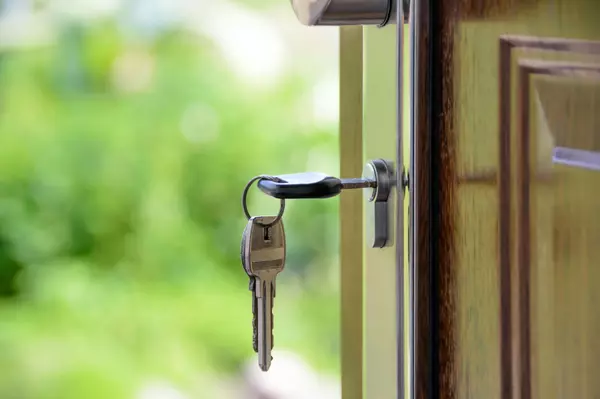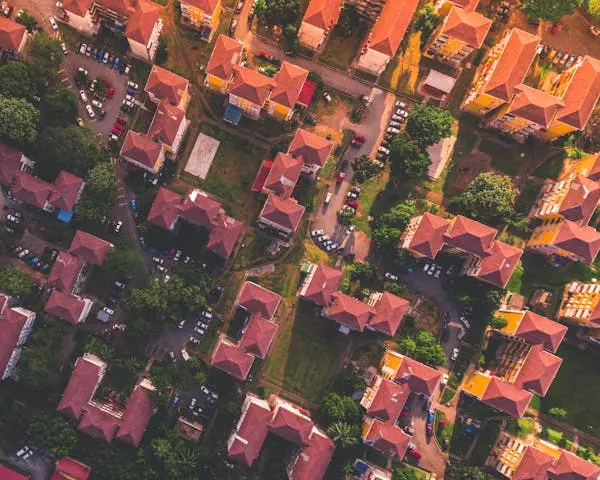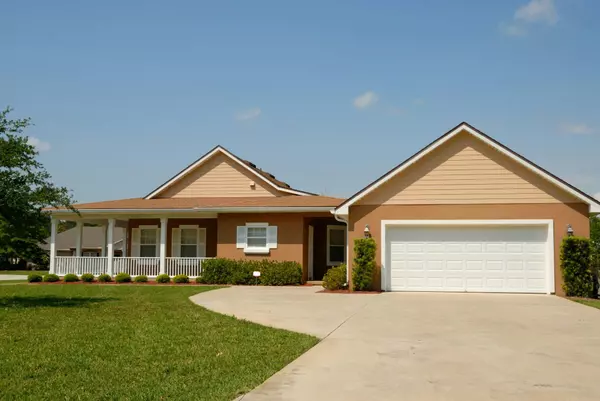The Hidden Costs of Buying a Home (And How to Prepare for Them)
Buying a home is exciting! New keys. New space. New chapter.
Here’s the thing most buyers only learn the hard way. The purchase price is not the full price. Between inspections, insurance, closing costs, prepaids, and move-in expenses, the real number you need to plan for is bigger than the down payment.
This guide breaks it all down in plain English. You’ll see what costs to expect, what they usually run, where the money actually goes, how to reduce or offset it, and simple steps to stay on budget. My goal is to help you buy with confidence and zero surprises.
Why buyers get blindsided
-
Listings and mortgage ads focus on monthly payment and down payment.
-
Many costs are due before closing.
-
Some fees vary by state, lender, and property type.
-
A few costs are optional but smart to do.
-
Others are mandatory and easy to overlook.
What this really means is you need a full picture before you write an offer. Let’s build it.
The complete list of hidden costs
Below is a realistic menu of costs you may see. You won’t have every item, but you should know each one exists.
Upfront due diligence costs
-
Home inspection
Typical range: a few hundred dollars depending on size and age.
Specialized inspections cost extra. Examples: radon, mold, chimney, pool, well, septic, sewer scope, pest. -
Appraisal
Often required by the lender to confirm value. Usually several hundred dollars. Sometimes paid at application, sometimes at closing. -
Survey
Confirms property boundaries and easements. Standard for certain loans or properties. Often several hundred dollars. -
Earnest money deposit
Good-faith deposit that applies to your down payment at closing. If you back out for a non-contingent reason, you could forfeit it. Keep your contingencies tight and timelines clear.
Loan and lender-related costs
-
Origination or underwriting fee
Lender’s cost to process the loan. Typically a flat fee or a small percentage. -
Discount points
Optional prepaid interest to lower your rate. One point equals 1 percent of the loan amount. Points can make sense if you’ll own the home long enough to break even. -
Credit report and verification fees
Modest but real. The lender passes through third-party costs. -
Flood certification
Small fee to confirm flood zone status. -
Mortgage insurance
Applies if your down payment is under 20 percent on many conventional loans. Paid monthly and sometimes partially upfront. FHA loans include an upfront mortgage insurance premium. VA loans do not have monthly mortgage insurance. -
VA funding fee or other program fees
Some programs include an upfront fee that can be financed. Amounts vary by program and usage. Always verify current rates and potential exemptions.
Title, escrow, and closing costs
-
Title search and title insurance
Protects against past claims on the property. There’s usually a lender policy and an optional owner’s policy. Strongly recommended. -
Settlement or closing fee
Title or attorney fee for handling the closing, funds, and documents. -
Recording fees
County fees to record your deed and mortgage. -
Transfer taxes or stamps
Charged by the state or locality on property transfers. Amounts vary by location.
Prepaids and escrows
These are not fees. They’re real costs you would pay anyway, collected at closing to set up your escrow account and get you current.
-
Homeowners insurance premium
Usually one year paid upfront. -
Property taxes
You may prepay a portion and fund your escrow, depending on the closing month. -
Prepaid interest
Covers interest from the day you close to the end of that month. Closing near month-end reduces this amount.
Property-specific costs
-
HOA transfer and initiation fees
One-time fees to set up your HOA account. Monthly or quarterly dues begin after closing. -
Condo questionnaires and docs
Lenders often require condo disclosures. The association charges a fee to produce them. -
Well and septic inspections
Common for rural properties. Repairs can be significant if issues are found. -
Termite and pest inspections
Often inexpensive, but treatment can be a bigger number if needed.
Move-in and immediate post-close costs
-
Moving company or truck rental
Full service costs more but saves time. -
Utility deposits and connection fees
Some providers collect deposits for new service. -
Locks rekeying or smart locks
Not required, but smart. Budget for it on day one. -
Appliances, blinds, and window treatments
Listings sometimes exclude certain items. Read the contract and plan accordingly. -
Initial maintenance and safety upgrades
GFCI outlets, smoke and CO detectors, fire extinguishers, gutter cleaning, filters, and air duct service. -
Home warranty
Optional service contract that can cover failures of major systems and appliances for a year. Can be paid by the buyer or negotiated with the seller.
What these costs add up to
A safe planning number for closing costs and prepaids is often 2 to 5 percent of the purchase price, not including your down payment. Due diligence items you pay before closing can add several hundred to a couple thousand more. Move-in costs vary by situation.
The exact total depends on loan type, price point, local taxes, insurance premiums, and timing. The point is not to guess. The point is to build a plan early.
A simple example budget
Let’s say you’re buying a 350,000 home with 5 percent down using a conventional loan.
-
Down payment: 17,500
-
Closing costs and prepaids at 3 percent: 10,500
-
Inspections and appraisal paid upfront: about 1,200
-
Moving and setup: 1,000 to 2,500 depending on choices
Estimated cash to close and immediate needs
Roughly 30,000 to 32,000. Your numbers will differ, but this gives you a ballpark.
How to prepare your budget like a pro
Step 1: Build your three buckets
-
Before closing
Inspections, appraisal, survey, earnest money. -
At closing
Down payment, lender fees, title fees, transfer taxes, insurance, prepaids, escrows. -
After closing
Moving, utilities, locks, first-week fixes, safety items.
Put estimated amounts in each bucket. This removes 90 percent of the stress.
Step 2: Ask for a fee worksheet early
Have your lender produce an upfront estimate with line items. It won’t be exact, but it will be close enough to plan. As the file progresses, you’ll receive a Loan Estimate and, later, a Closing Disclosure with final numbers. Compare line by line and ask questions.
Step 3: Time your closing date
Closing near the end of the month reduces prepaid interest. Closing mid-month increases it but gives you a longer runway before your first full mortgage payment. There is no right answer. Pick what supports your cash flow.
Step 4: Price out insurance early
Insurance premiums vary by home features, age, roof condition, claims history, credit profile, and coverage choices. Get quotes as soon as you’re under contract. Ask about bundling, wind-mitigation reports, or higher deductibles if you want to lower the premium.
Step 5: Keep a cushion
Homes surprise you. Set aside a modest emergency fund after closing for repairs or adjustments, even if the inspection looked clean.
Smart ways to reduce or offset costs
-
Negotiate seller credits
You can ask the seller to cover a portion of your closing costs instead of lowering the price. Every loan type has limits on concessions. Your agent should structure this correctly. -
Use lender credits
Some lenders offer credits in exchange for a slightly higher rate. Good move if you’re tight on cash and plan to refinance or sell within a few years. -
Shop title and settlement services
You can often choose among compliant providers. Compare fees and service levels. Ask about bundled pricing. -
Compare lender fees and rates
A small difference in rate or fees has a large long-term impact. Get written estimates from two or three lenders on the same day for a fair comparison. -
Look for program assistance
Depending on eligibility and location, there may be down payment or closing cost help. Teachers, medical professionals, first responders, and veterans sometimes qualify for special programs. Ask what’s available and how it affects your loan terms. -
Buy what you need now, not forever
Points, upgrades, warranties, and smart-home gear are choices. Pick what fits your plan. You can always add later. -
Prevent big surprises with inspections
Spend a few extra dollars on specialized inspections if the home age or features suggest risk. A sewer scope or chimney inspection can save you thousands. -
Order the survey when it matters
Fences, sheds, driveways, and older properties can hide boundary problems. A survey is cheaper than a lawsuit.
Hidden costs by property type
New construction
-
Lot premiums, design center upgrades, and change orders add up fast.
-
Builder contracts often shift costs to the buyer for certain fees.
-
You may still want independent inspections at major milestones.
-
Ask about what’s included: blinds, fridge, garage door openers, landscaping.
Condos and townhomes
-
HOA dues and assessments are long-term budget items.
-
Review the resale package, reserves, insurance, rules, and any known special assessments.
Rural properties
-
Well and septic testing is essential.
-
Outbuildings, private roads, or shared drive agreements can affect insurance and financing.
Insurance and taxes, simplified
-
Homeowners insurance covers the structure, liability, and your belongings. Consider extended replacement cost and water backup where available.
-
Flood insurance is required in certain zones and optional elsewhere. Even optional, it might be smart depending on the location.
-
Property taxes vary by locality and can change annually. Your lender may collect a cushion in escrow to keep the account healthy.
Pro tip. Ask your insurance agent for a replacement-cost estimate that aligns with construction costs, not just purchase price. Underinsuring the dwelling is a common mistake.
The truth about points and rates
Buying points lowers your rate. That can reduce your monthly payment and total interest, but only if you own the home long enough to break even on the upfront cost. Ask your lender for a break-even analysis that shows the month you come out ahead. If your likely timeline is shorter than that, points rarely make sense.
How to read your Loan Estimate and Closing Disclosure
Focus on these sections:
-
Loan terms
Rate, loan type, and if the rate can change. -
Projected payments
Principal and interest, mortgage insurance, and escrowed taxes and insurance. -
Costs at closing
This is your out-of-pocket number after credits. -
Services you can shop for
Title, settlement, pest inspection, survey. Compare quotes here. -
Cash to close
Confirm this number matches your plan and includes all credits and deposits.
If anything looks off, speak up right away. Small adjustments late in the process can avoid delays.
The negotiation playbook that actually works
-
Ask for repairs or credits, not both
Credits are cleaner. Repairs can be uneven unless you control the contractor. -
Target health, safety, and system issues
Sellers are more receptive when repairs are legitimate and documented. -
Use market context
In a balanced or buyer-leaning market, you have more leverage on credits. In a hot market, prioritize winning the house and use lender credits to ease cash demands. -
Keep the appraisal in mind
Large credits won’t usually affect value, but major price cuts might. Structure the deal carefully.
A first-time buyer checklist you can actually use
Before you shop
-
Get preapproved with documents verified.
-
Ask for a detailed fee worksheet.
-
Price insurance on a sample property.
-
Build your three buckets and a cushion.
When you go under contract
-
Schedule general and specialized inspections immediately.
-
Order appraisal and, if needed, survey.
-
Start insurance quotes on the exact property.
-
Review HOA documents if applicable.
-
Track your deadlines and contingencies.
A week before closing
-
Confirm credits, lender fees, title fees, and escrows.
-
Verify cash to close and wiring instructions with the title company directly.
-
Set utility start dates.
-
Book movers and rekey service.
On closing day
-
Do a thorough final walk-through.
-
Bring a government ID.
-
Confirm the monthly payment, first payment date, and how to set up autopay.
-
Keep your closing package in a safe place.
FAQs
Can I roll closing costs into the loan
Sometimes. You can finance certain costs, use seller credits, or take lender credits in exchange for a higher rate. Your approval and program rules matter.
Are home warranties worth it
They can be, especially for older systems. Read the fine print. Know what’s covered and the service fee per call.
Should I skip inspections to save money
No. Inspections are your best defense against costly surprises. If you must limit them to compete, at least do a quick walk-through with a trusted contractor before you waive anything.
How much should I keep in reserves after closing
Aim for a basic emergency fund. Even a small cushion reduces stress and keeps repairs from going on a credit card.
Your action plan
-
Get preapproved and demand clarity
Ask your lender for a transparent, line-item estimate and a points vs no-points comparison. -
Plan with buckets
Estimate your costs before closing, at closing, and after closing. Update the numbers as you go. -
Shop smart
Insurance, title, and even lender options are worth comparing. Small differences add up. -
Negotiate with purpose
Target credits for real issues found in inspection. Keep the deal tight and timelines clear. -
Protect your first 90 days
Budget for locks, utilities, basic safety items, and one or two surprises. You’ll sleep better.
Final word
Buying a home should feel like progress, not panic. When you understand the hidden costs, you take control of the process. You stop guessing. You make better decisions. And you keep more money in your pocket where it belongs.
Recent Posts










GET MORE INFORMATION

